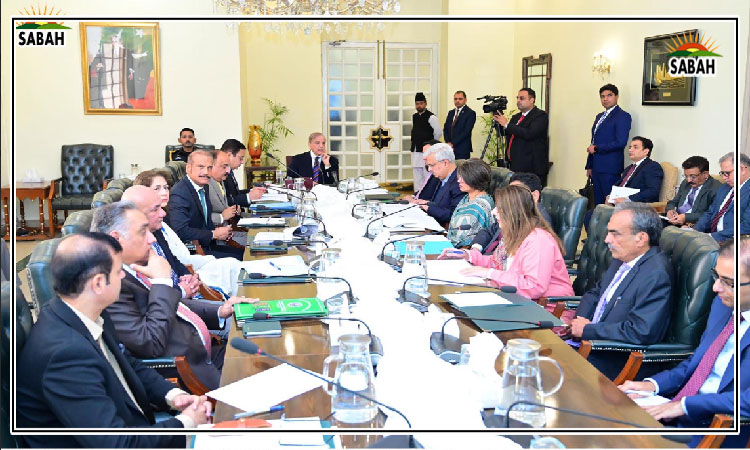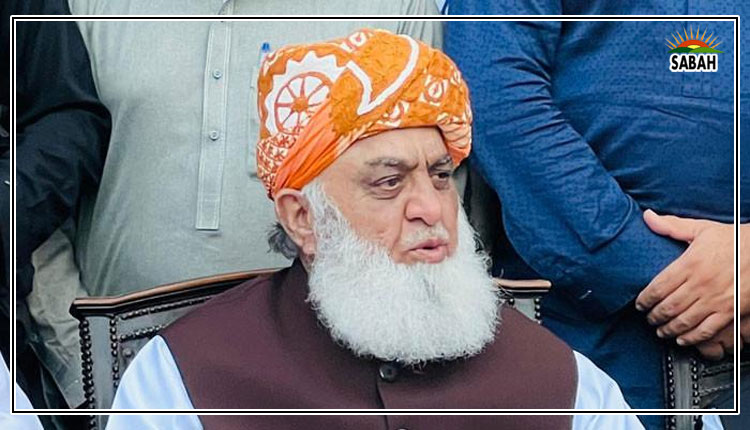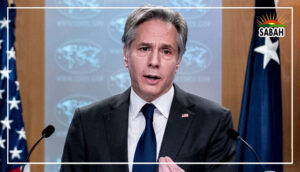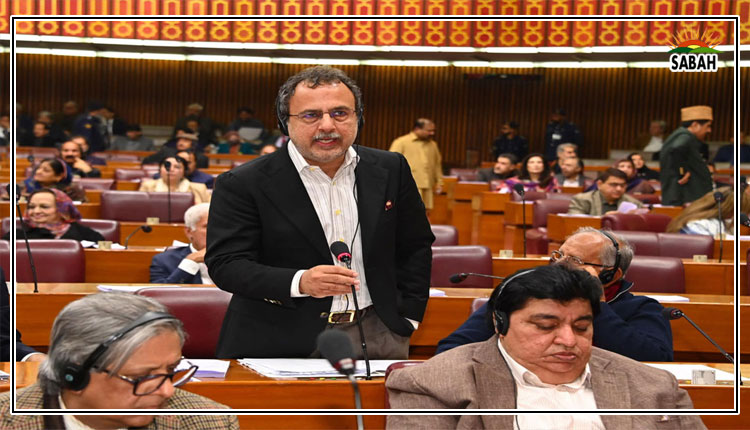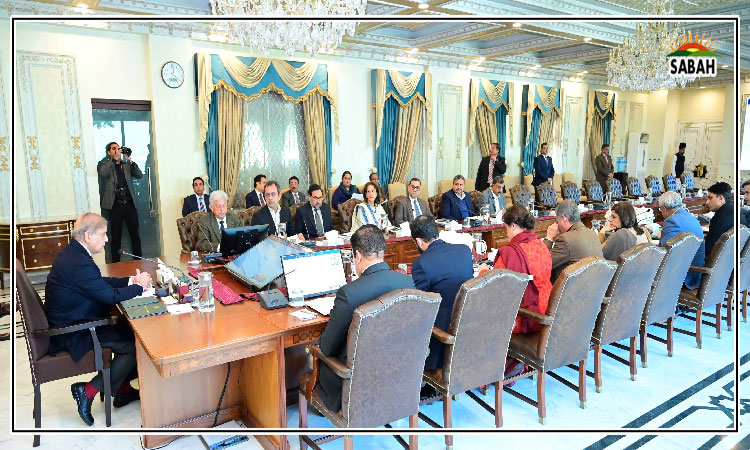Will a bigger BRICS be a bigger challenge?…Beelam Ramzan
The expansion of BRICS has been hailed as historic by the blocs most stalwart proponent of enlargement, China. The five-member bloc consists of Brazil, Russia, India, China and South Africa, and comprises 40 per cent of the world population and more than 25 per cent of the world GDP.
BRICS has agreed to admit at a summit in Johannesburg, a major South African city, six new entrants into its orbit aiming to raise its influence and global reach. Will this Bigger BRICS be able to challenge the existing international order without falling victim to many contradictions inherent?
The acronym BRICS, was coined in 2001 by Goldman Sachs economist Jim ONeill to describe fast-growing economies that he predicted would collectively dominate the global economy by 2050. The addition of Iran, Saudi Arabia, UAE, Egypt, Ethiopia, and Argentina is significant because it would establish a footprint of Global South vs Global North. For a long time the G7 consisting of the US, Canada, UK, Germany, France, Italy, Japan has been dominant over global economic governance and decision-making. BRICS+6 nations is set to join hands in fostering economic development vis-a-vis G7 and their collective influence and ambition is predicted to pose a challenge for the West.
A major contributing factor to BRICS rise is Chinese and Indian economic growth. China is the second largest economy in the world after the US, and has the largest GDP in BRICS, at $19.37 trillion in 2023. With its rising consumer market, massive trade and investment, high-tech manufacturing and web of supply chains, it is definitely a jewel in the crown of BRICS.
India is fifth in the world, second to China in BRICS, with a GDP of $3.73 trillion in 2023, an enviable partner in the bloc for its booming tech industry and growing market opportunities. Both are galloping economies expected to grow at six per cent in 2023, as projected by the IMF. Russia, Brazil and South Africa on the other hand have fallen short of expectations as their GDP has grown by less than one per cent during the last decade and will remain so. The combined GDP of the bloc is over $26.03 trillion in 2022, which is slightly more than the United States.
Despite the dismal growth of three economies, the five BRICS nations, with heavyweights China and India in the lead, are predicted to surpass the G7 in terms of their combined GDP in 2023, and in terms of purchasing power parity. According to the IMF, the bloc will collectively account for 32.1 per cent of global GDP this year, more than the G7s share of 29.9 per cent. The addition of six members would obviously push the GDP further an obvious sign of concern for the West.
Projections for BRICS+6 have been announced and they are impressive. According to the IMF, the new bloc is expected to have a combined GDP of $30.8 trillion representing 29.3 per cent of global share and 46 per cent of the global population. With the admission of Saudi Arabia, which alone accounts for 12.9 per cent of global oil production, Iran (4.1 per cent) and UAE (4.3 per cent), the share of oil export of BRICS will grow from 20.4 per cent to 43.1 per cent as per the World Energy Review. This will be a major alternative for oil export, in the wake of the Russian sanctions, which will address the growing consumption needs of giant members like China, and India. Similarly, the groups share of global exports will grow from 20.2 per cent to 25.1 per cent, predicted by the WTO, with China in the lead.
The expansion of BRICS does not suggest a mere statistical number game. In the changing geopolitical landscape it is viewed as a counterweight to the West, a reaction to ages of mistrust of US foreign policy, and offering an alternative trade block to G7 with pride in its own financial institutions and ambition for its own currency. However, there are inherent tensions and contradictions as members differ politically, economically and militarily; these need to be managed for meaningful development.
Russia is vulnerable and it needs BRICS more than anything in the face of the mounting sanctions it faces from the West for its offensive on Ukraine. China wants to admit more countries from the Global South as a reaction to the emerging Nato-like alliance network, including Asia Pacific countries, aimed to circumvent it. Saudi Arabia and the UAE are seen by the West to be out of their orbit. Irans increased isolation over its nuclear programme will be a challenge for the West.
China and India need to deescalate their military and territorial tensions to be in the lead. In BRICS+6, autocracies have to coalesce with democracies, non-aligned co-exist with military aggressors, economic giants conjoin with struggling economies. If this group has been expanded with an aim to challenge the Western-led international order, then they should possess a more challenging voice and regulate their tensions to articulate this alternative model.
Ironically, Pakistan is not anywhere among countries that have applied for membership or in the bigger list of over 40 countries that have expressed interest in joining BRICS. This despite the fact that Pakistan had a chance to play the Chinese fiddle of being an all-weather friend to push its case. Any move by India, as a hostile adversary, could be outwitted by good lobbying with five potential members in this bloc, particularly four Muslim countries, with whom Pakistan has good relations.
Pakistans entry into BRICS will not be possible without a will to reform, stabilize its political order, enable investment opportunities, streamline regulatory processes, promote human capital development, and enhance investor confidence and protection.
Courtesy The News



